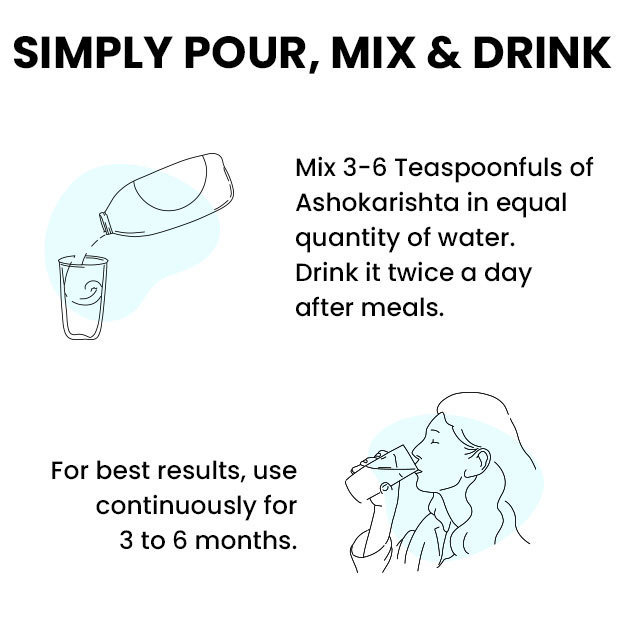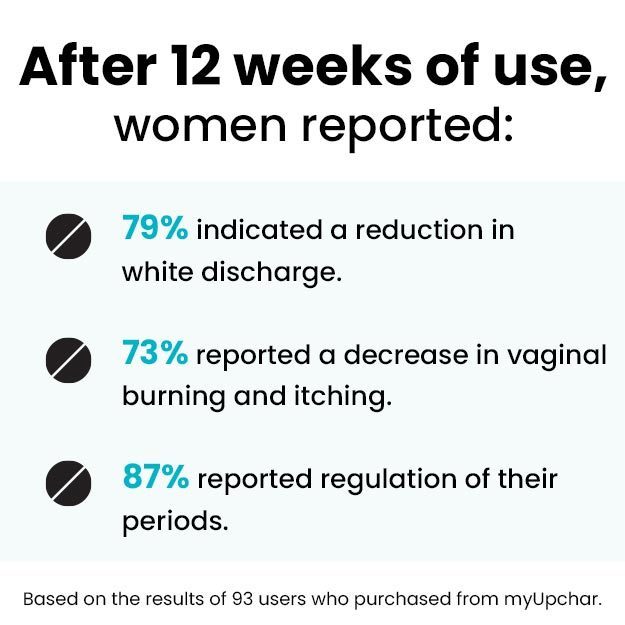Small blood clots during periods are usually nothing to worry about. In fact, the clotting actually helps to prevent excessive bleeding during periods.
During menstruation, the body withdraws progesterone and expels the uterus lining mixed with blood, mucus and tissue. When there is a delay in getting all the blood out—like on heavy flow days—some of the blood can collect for a short while and form clumps or bigger clots inside the body before being pushed out through the cervix. Small contractions in the uterus and cervix help to push menstrual blood out.
In some cases, though, blood clots in periods may be a sign of something more serious. For example, blood clots could be a sign of a chemical pregnancy (a miscarriage before five weeks of pregnancy) or conditions like uterine fibroids or adenomyosis.
Adenomyosis is a condition in which the lining of the uterus breaks through the myometrium or muscle wall of the uterus. When the body sheds this lining at the end of the menstrual cycle, it is usually accompanied by heavy vaginal bleeding and cramping over many days. Uterine fibroids are benign growths in the uterus that usually produce no symptoms; however, depending on the location of the fibroids, they may cause heavy bleeding or prolonged periods in some women.
If your periods are a lot heavier than before, if your bleeding is so heavy that you need to change your sanitary napkin or tampon in one to two hours for several hours, or if your period goes on for longer than your usual duration, you may want to see a doctor about this.
Read on to know more about blood clots during periods.
































